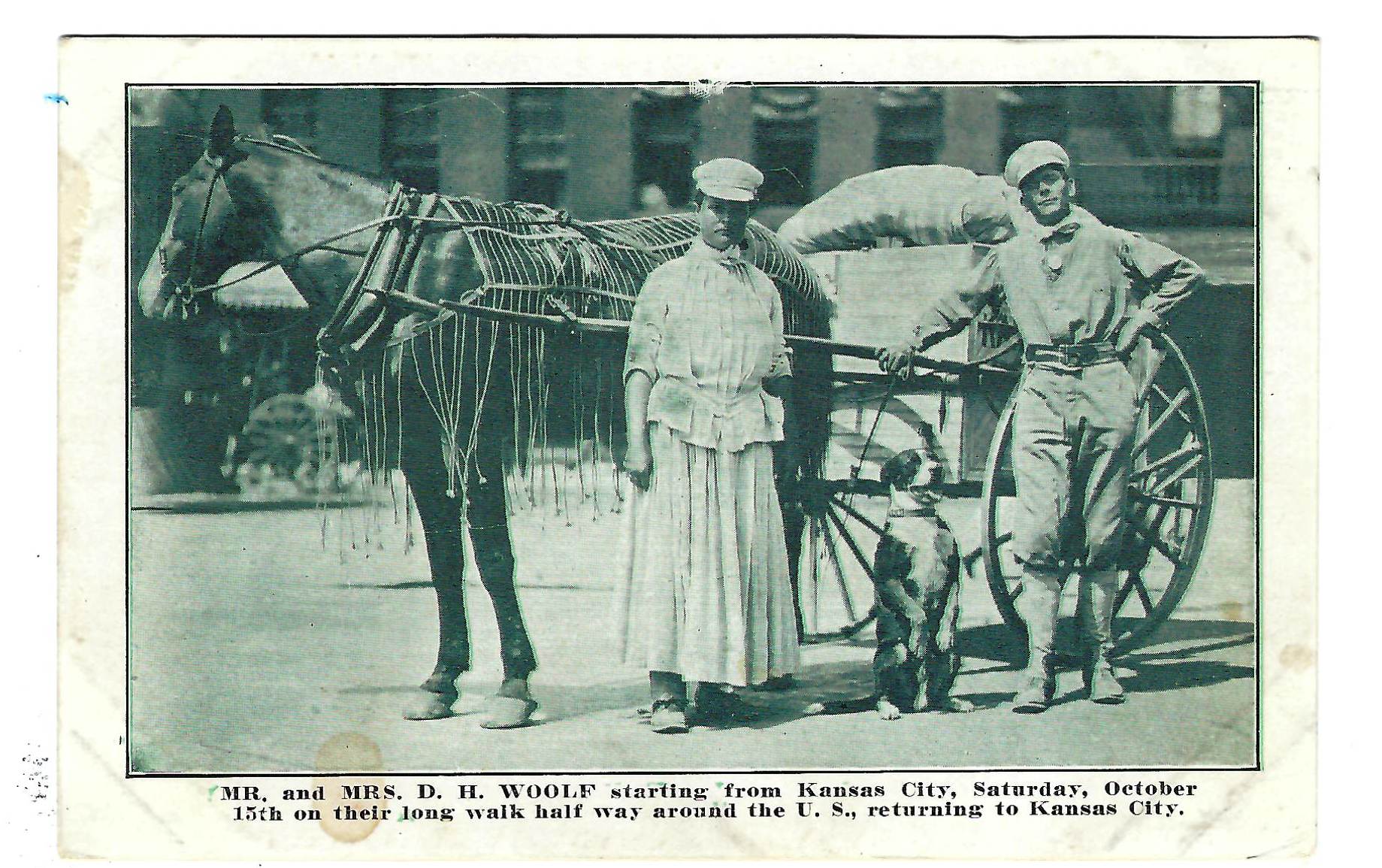By MICHAEL BUSHNELL
Northeast News
February 8, 2017
Around the year 200, the Roman Emporer Claudius was busy conquering various parts of Europe and Asia, making a general nuisance of himself in a most barbaric way.
Claudius, after much careful research, had determined that married soldiers were more cautious on the battlefield, making them of little or no use to Claudius and his bloody cause du jour. To that end, Claudius banned the institution of marriage throughout Rome in order to ensure the winning ways of the Roman army.
A Bishop named Valentine, however, secretly continued to perform marriage ceremonies of couples that sought him out. Claudius found out about Valentine’s secret ceremonies, and instead of beheading him instantly, tried to convert the pious Bishop to Paganism. Valentine, being an intelligent church elder, recognized this and tried to implement a bit of counter intelligence and convert Claudius to Catholicism.
Valentine was imprisoned immediately. As he awaited his execution, young couples threw notes of thanks along with flowers and other gifts into the window of his cell. Among those who admired the priest for doing the right thing was the prison guard’s daughter. Her father allowed her to visit Bishop Valentine in his cell.
Finally, the day arrived when Bishop Valentine was scheduled to die. It was the Feb. 14, 270. While he was waiting for the soldiers to fetch him to his fate, (stoning then beheading) Bishop Valentine composed a note to the girl telling her that he loved her. He signed it simply, “From Your Valentine.”
As time passed, it became a tradition for men to give the object of their affections small messages of admiration that contained Valentine’s name. Charles the Duke of Orleans, who was at the time imprisoned in the Tower of London, began the tradition of sending Valentine cards in 1415. The card he sent bore the heartfelt sentiments of his wife.
This card was sent on Feb. 13, 1908, to Miss Daisy Burgard, 1012 S. Second St., Leavenworth, Kan.
St. Valentine champions for couples
Related Posts
See Kansas in style, along the new Kansas Turnpike!
Michael BushnellPublisher This chrome-style postcard showcases one of the many service areas along the newly completed Kansas Turnpike. The Kansas Turnpike was the brainchild of two influential Kansans, who had…
The fabulous Walking Woolfs
Michael BushnellPublisher “Mr. and Mrs. D. H. Woolf on their walk from Kansas City to New York City. Started Monday, May 2nd, 1910. Their dog accompanied them last season through…



















